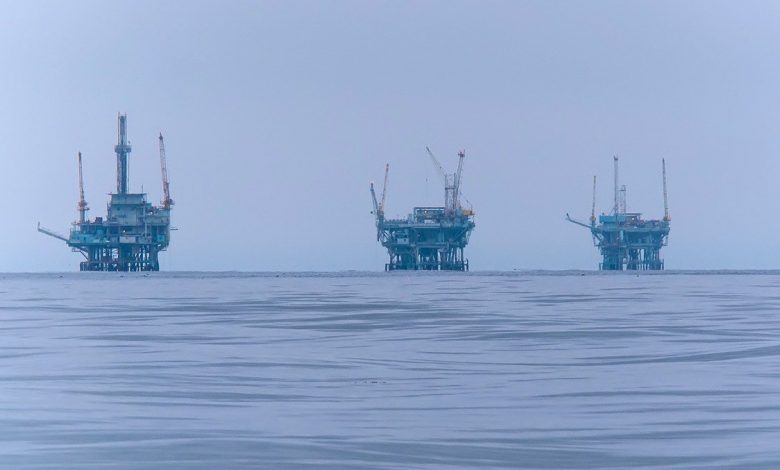
San Francisco: Exxon Mobil has halted production at three offshore oil rigs along California’s Santa Barbara coast – a further consequence of last month’s burst pipeline that caused such environmental damage there.
Irving, Texas-based energy giant Exxon was reacting to Santa Barbara County’s decision to deny its emergency request for permission to transport offshore crude by truck from its onshore processing facility.
When the pipeline ruptured on May 19 it ended up pouring 100,000 gallons of crude down a culvert and into the Pacific Ocean near Refugio State Beach, blighting a pristine stretch of coastline and its wildlife – hundreds of birds and marine mammals were found dead in the waters.
The pipe, owned by Plains All American Pipeline, was being used to transport crude from Exxon’s storage tanks at its Las Flores Canyon facility to a pump station in Gaviota when the breach happened
A Santa Barbara County official explained the decision to deny an expedited trucking permit, saying the company’s problem did not constitute an emergency. Exxon has the option to go through the normal procedure, which requires extensive environmental review, to get a permit to truck the oil.
But for now the company is opting to shut down the three platforms – Hondo, Harmony and Heritage – in the Santa Barbara Channel. Exxon had already cut production from the rigs by two-thirds in the wake of the pipe burst.

A pipeline is still the most efficient way to transport oil. However, it should be constructed in parallel sections so that oil can be diverted to the second section while the first is being checked.
This method was long used in railroads where a second track allowed the train to run will the first track was being repaired.
The case is stronger for a pipeline because while a track is open, a pipeline must be shut down and emptied in order to be checked. A second pipeline is thus needed for safety; it’s an integral part of ordinary maintenance.